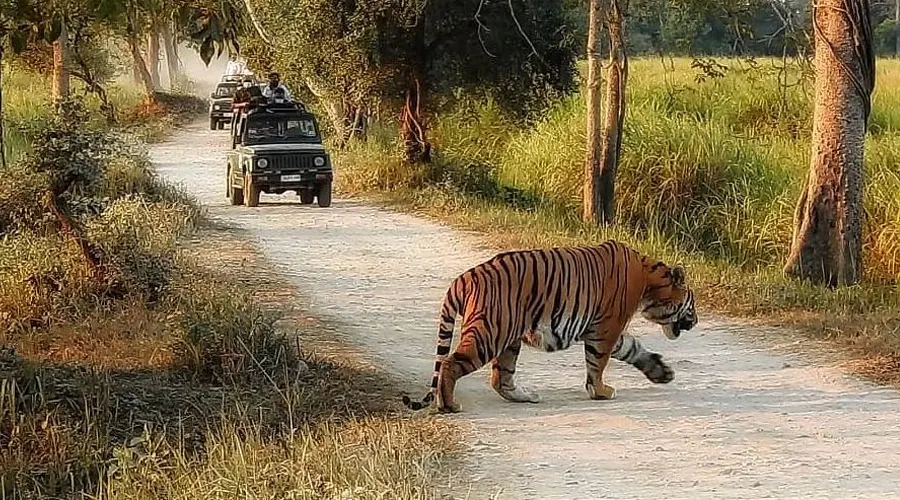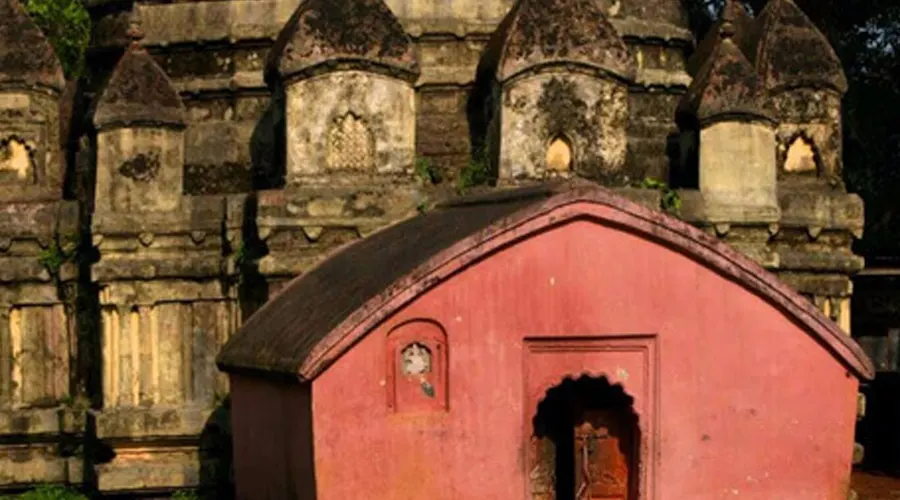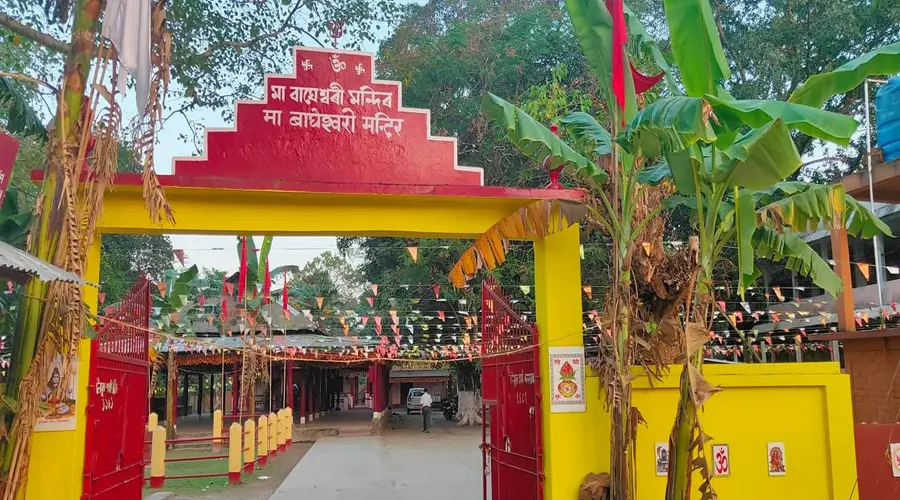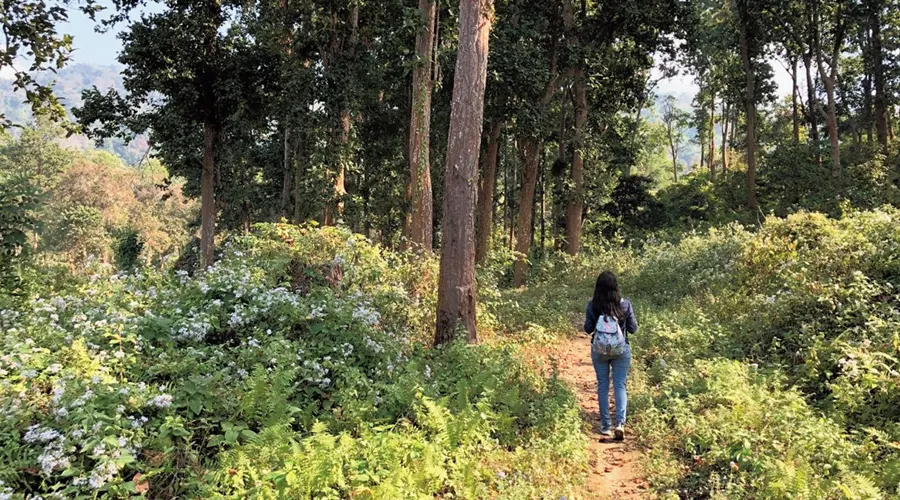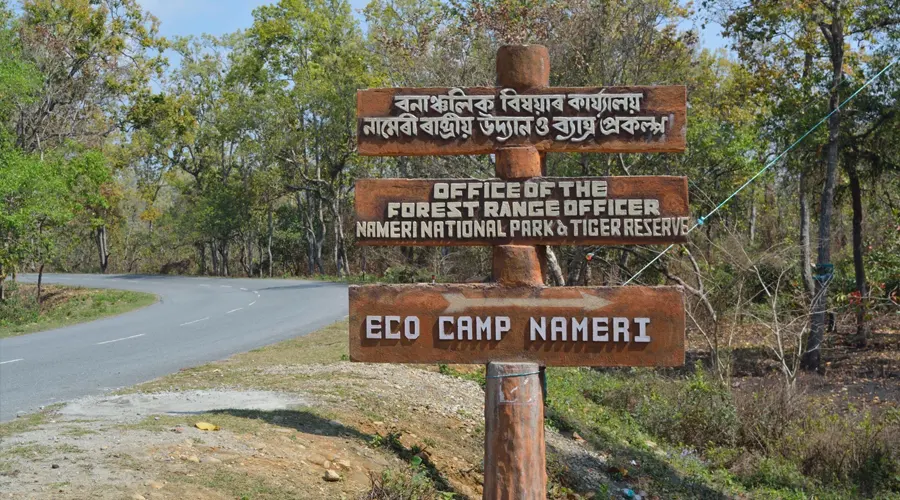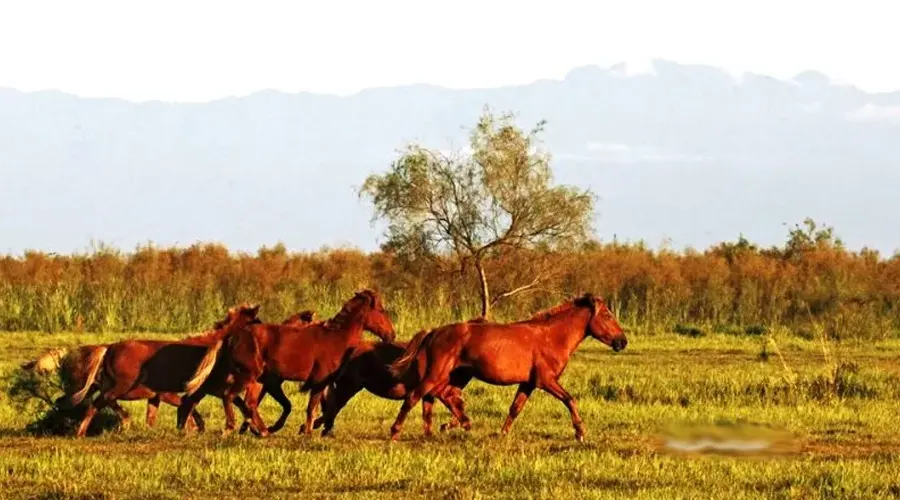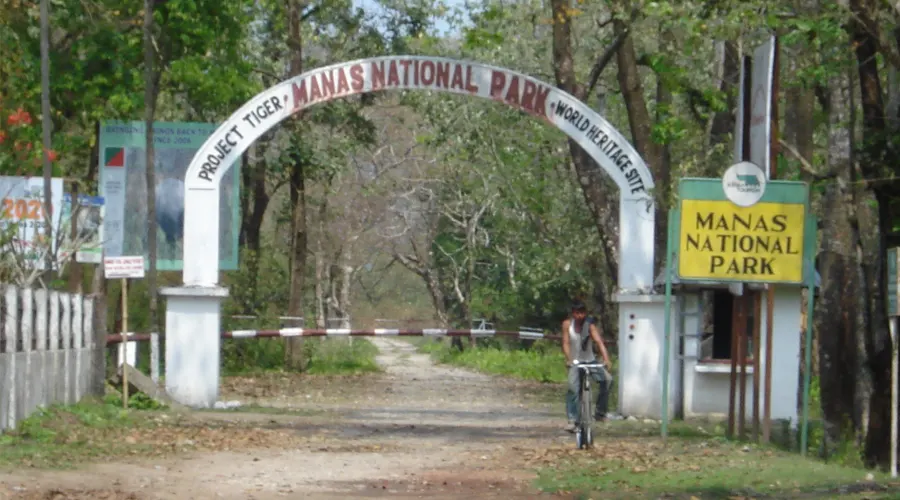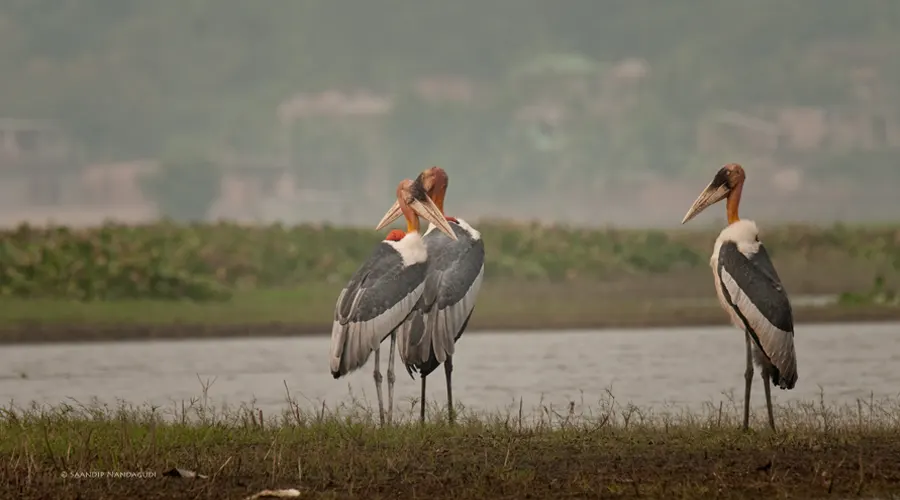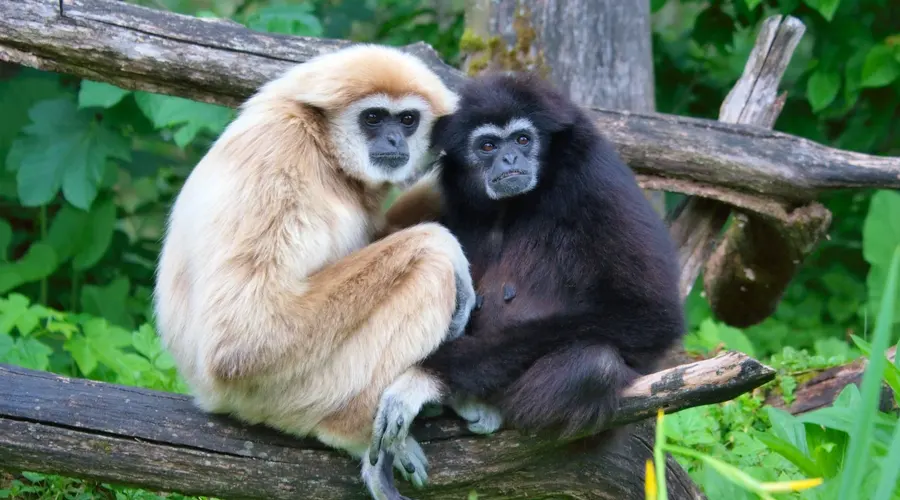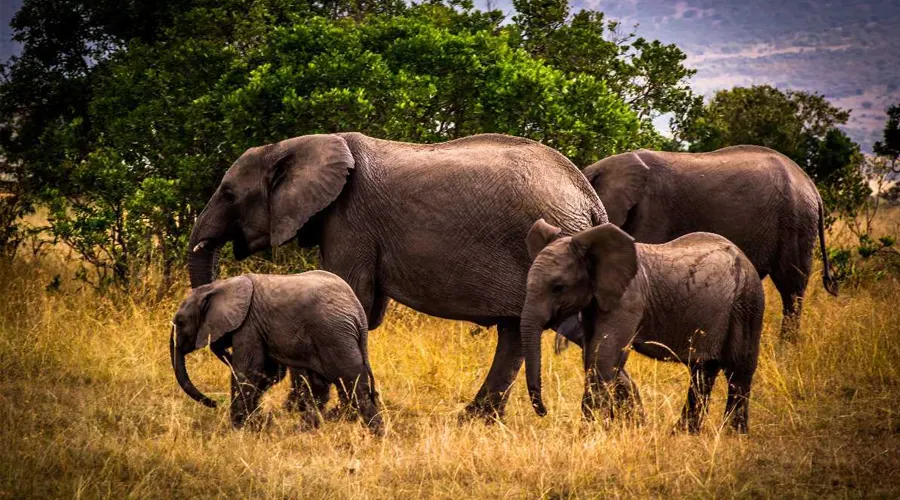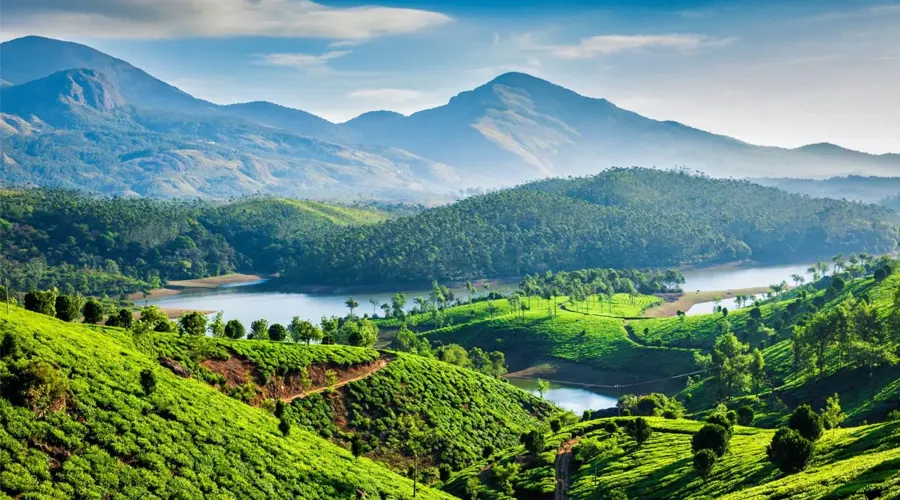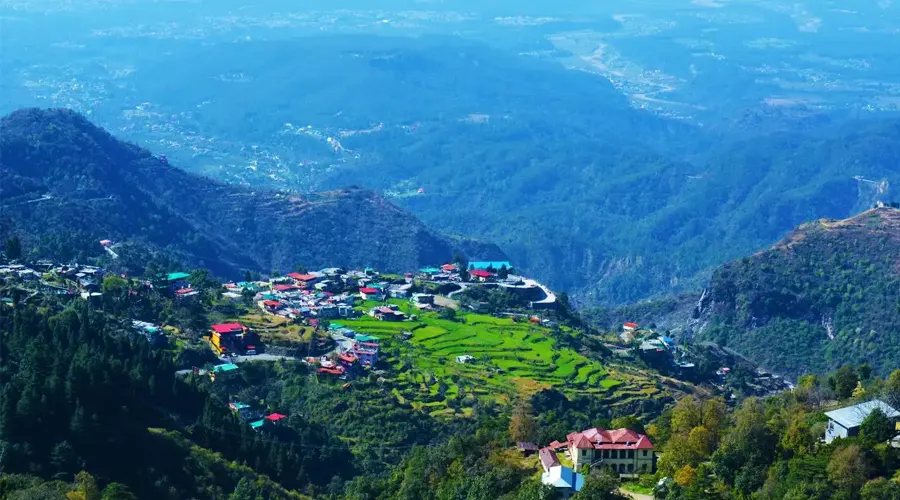Kaziranga National Park And Tiger Reserve
All those who have thought Indian one-horned rhinoceros only existed in the Jurassic era, then a trip to Kaziranga is a must for them. One of the most sought-after wildlife holiday destinations in India, Kaziranga National park’s 430 square kilometer area sprinkled with elephant-grass meadows, swampy lagoons, and dense forests are home to more than 2200 Indian one-horned rhinoceros, approximately 2/3rd of their total world population.
Along with the iconic Greater one-horned rhinoceros, the park is the breeding ground of elephants, wild water buffalo, and swamp deer. Over time, the tiger population has also increased in Kaziranga, and that’s the reason why Kaziranga was declared a Tiger Reserve in 2006. Also, the park is recognized as an Important Bird Area by BirdLife International for the conservation of avifaunal species. Birds like lesser white-fronted goose, ferruginous duck, Baer’s pochard duck and lesser adjutant, greater adjutant, black-necked stork, and Asian Openbill stork specially migrate from Central Asia during the winter season.
Undoubtedly, the park is known for its good population of animals but more than that the wildlife conservation initiatives that take place in the park are more popular. With its amazing wildlife conservation activities, the park has successfully managed to grow the population of the Greater one-horned rhinoceros, an endangered species.
The vast expanse of tall elephant grass, marshland, and dense tropical moist broadleaf forests undoubtedly make the park look beautiful but it’s the presence of the Brahmaputra river, which makes it look enigmatic.
Due to the difference in altitude between the eastern and western areas of the park, here one can see mainly four types of vegetation’ alluvial inundated grasslands, alluvial savanna woodlands, tropical moist mixed deciduous forests, and tropical semi-evergreen forests. Kumbha, Indian gooseberry, cotton tree, and elephant Apple are among the famous trees that can be seen in the park. Also, a good variety of aquatic flora can be seen in lakes, ponds, and along the river shores.
The forest region of Kaziranga Park is home to the world’s largest population of Indian Rhinoceros. Other animals that can be seen in the elephant grass, marshland, and dense tropical moist broadleaf forests of Kaziranga are Hoolock Gibbon, Tiger, Leopard, Indian Elephant, Sloth Bear, and Wild water buffalo, swamp deer, etc. With an increase in tiger population every year, the government authorities declared Kaziranga a Tiger Reserve in the year 2006. Also here one can find a good number of migratory bird species from Central Asia.

